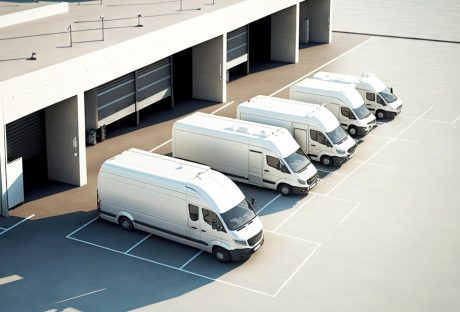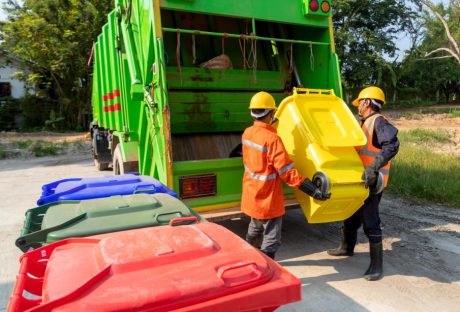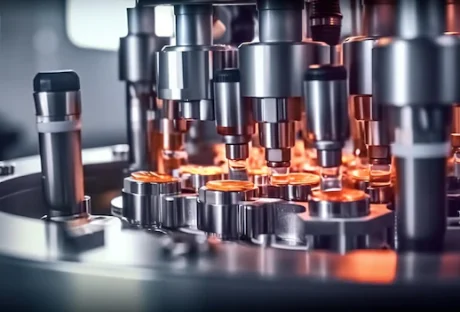In today’s fast-paced world, owning a car isn’t the only option for those seeking mobility. Leasing has emerged as a popular alternative, offering flexibility, affordability, and access to a wide range of vehicles. This article explores How Does Leasing Expand Your Car Options for consumers, particularly focusing on the benefits it offers, including exclusive deals like Tesla 3 leasing deals and the appeal of eco-friendly options like the Nissan Leaf.
Why You Must Lease A Car?

When you are leasing a car, you are basically paying to drive it for a specific period of time. In the United States, the average time period of a lease ranges from 24 to 36 months. However, in some cases, the time period of a lease can increase as well, depending on the circumstances.
Furthermore, in a lease, there are also restrictions regarding how many miles you can drive with the leased car. Apart from that, there are also limitations on the amount of modifications and changes you can carry out in the car. However, if you want to make changes to the car, there might be fees as well. All these factors depend on the place where you lease from.
Once the time period of the lease ends, you will have the option to return the car to the dealer. However, in some cases, you can also have the option to purchase the car at a predetermined amount. You will find the amount in the lease contract.
Leasing A Car: What Are The Major Pros And Cons?
The following are some of the major pros and cons of leasing a car in the United States:
Pros Of Leasing A Car
Here are some of the major pros of leasing a car that you will benefit from:
- As compared to a car loan, you will typically have to make lower monthly payments. This is because you are not paying the full value of the car. Here, you are just paying for the depreciation value of the vehicle along with interest. Hence, if you are on a budget, you must go for a lease.
- Once your lease period ends and you have paid back the amount, you can try out a new car with a new model and updated technology. This can also help you to use a new featured car after a few years. Hence, you do not need to spend on a new car altogether.
- Since lease agreements come with warranty coverage for the car, you will not need to pay for repairs as well when the car is still within the lease term. Hence, you will be able to save a lot of money.
- After the lease agreement period ends, all you have to do is return the car to the dealer. Hence, you will not need to worry about the car’s resale value or find buyers for the car.
- You can benefit from tax exemptions, too, if you use the car for business purposes. Hence, this way, you can save a lot of money.
Cons Of Leasing A Car
Here are a few cons of leasing a car that you need to be aware of:
- Once the lease ends, you will lose ownership of the car. Hence, after the agreement ends, you cannot sell the car or get any equity from it.
- There are certain mileage limits on cars if you take them on a lease, Here, you might have to pay extra if you exceed mileage. Hence, if you drive a lot, leasing a car is not a good option for you.
- If the car goes through a lot of wear and tear, you might have to pay additional fees for the same. Hence, you will always need to be careful with the car.
- In some cases, there are hidden costs to a lease as well. Hence, you will need to make sure you read in the information document and the lease carefully before you sign.
Understanding Car Leasing: Major Benefits

Car leasing has become increasingly prevalent in recent years, revolutionizing the way people access vehicles. Unlike traditional ownership, where one purchases a car outright, leasing involves renting a vehicle for a fixed period, typically two to four years, with the option to return it at the end of the lease term. This arrangement comes with several advantages that appeal to a diverse range of consumers.
Flexibility and Variety
One of the primary advantages of leasing is the flexibility it provides. Instead of being tied down to a single vehicle for years, lessees have the opportunity to upgrade to newer models more frequently. This flexibility allows them to experience different makes and models, exploring various features and technologies without committing to a long-term investment.
Exclusive Deals and Offers
Leasing opens doors to exclusive deals and offers that may not be available with traditional car ownership. Companies often provide enticing incentives to lease a vehicle, including lower monthly payments, reduced down payments, and attractive financing options. For instance, Tesla enthusiasts can take advantage of Tesla 3 leasing deals, which offer competitive terms and favorable leasing conditions tailored to their preferences.
Cost-Effectiveness
Leasing can be a more cost-effective option for those who prefer to drive newer vehicles with the latest advancements in technology and safety features. Since lessees only pay for the depreciation of the vehicle during the lease term, monthly payments are typically lower compared to financing a new car. Additionally, leasing eliminates concerns about depreciation and resale value, as the lessee simply returns the vehicle to the leasing company at the end of the term.
Maintenance and Warranty Coverage
Another benefit of leasing is the peace of mind that comes with warranty coverage. Most lease agreements coincide with the manufacturer’s warranty, ensuring that lessees are covered for any mechanical issues that may arise during the lease term. Additionally, since leased vehicles are typically newer and under warranty, maintenance costs are often lower compared to owning an older vehicle that may require frequent repairs.
Environmental Considerations
With growing awareness of environmental issues, many consumers are opting for eco-friendly transportation options. Leasing provides an opportunity to access electric and hybrid vehicles, such as the Nissan Leaf, without the commitment of long-term ownership. These vehicles not only reduce carbon emissions but also offer savings on fuel costs, making them an attractive choice for environmentally conscious consumers.
Other Factors To Consider While Leasing A Car
While leasing offers numerous advantages, it’s essential for consumers to consider their individual needs and circumstances before making a decision. Factors such as mileage limits, lease terms, and insurance requirements should be carefully evaluated to ensure that leasing aligns with their lifestyle and budget.
Exploring the Market
The car leasing market continues to evolve, with an increasing number of manufacturers and dealerships offering leasing options to meet consumer demand. This expansion has resulted in a wider selection of vehicles available for lease, ranging from economy cars to luxury SUVs and electric vehicles. Whether you’re in the market for a compact sedan like the Tesla 3 or a sustainable option like the Nissan Leaf, leasing opens doors to a diverse array of choices, allowing consumers to find the perfect vehicle to suit their needs and preferences.
Financial Considerations
While leasing offers many benefits, it’s essential for consumers to carefully evaluate the financial aspects of leasing versus traditional ownership. While monthly lease payments are typically lower than loan payments for purchasing a new car, lessees may face additional costs such as upfront fees, mileage overage charges, and wear and tear fees at the end of the lease term. By comparing the total cost of leasing versus buying, including factors such as depreciation, interest rates, and resale value, consumers can make an informed decision that aligns with their financial goals and lifestyle. Ultimately, whether you’re drawn to Tesla 3 leasing deals or exploring eco-friendly options like the Nissan Leaf, understanding the ins and outs of car leasing empowers consumers to make the best choice for their individual circumstances.
Conclusion
In conclusion, leasing offers a myriad of opportunities for consumers seeking flexibility, affordability, and access to a diverse range of vehicles. From exclusive deals like Tesla 3 leasing deals to eco-friendly options like the Nissan Leaf, leasing expands car options and provides a convenient alternative to traditional ownership. By understanding the benefits of leasing and considering their individual preferences, consumers can unlock opportunities and enjoy the freedom of driving without the long-term commitment of ownership.
Read More:






















